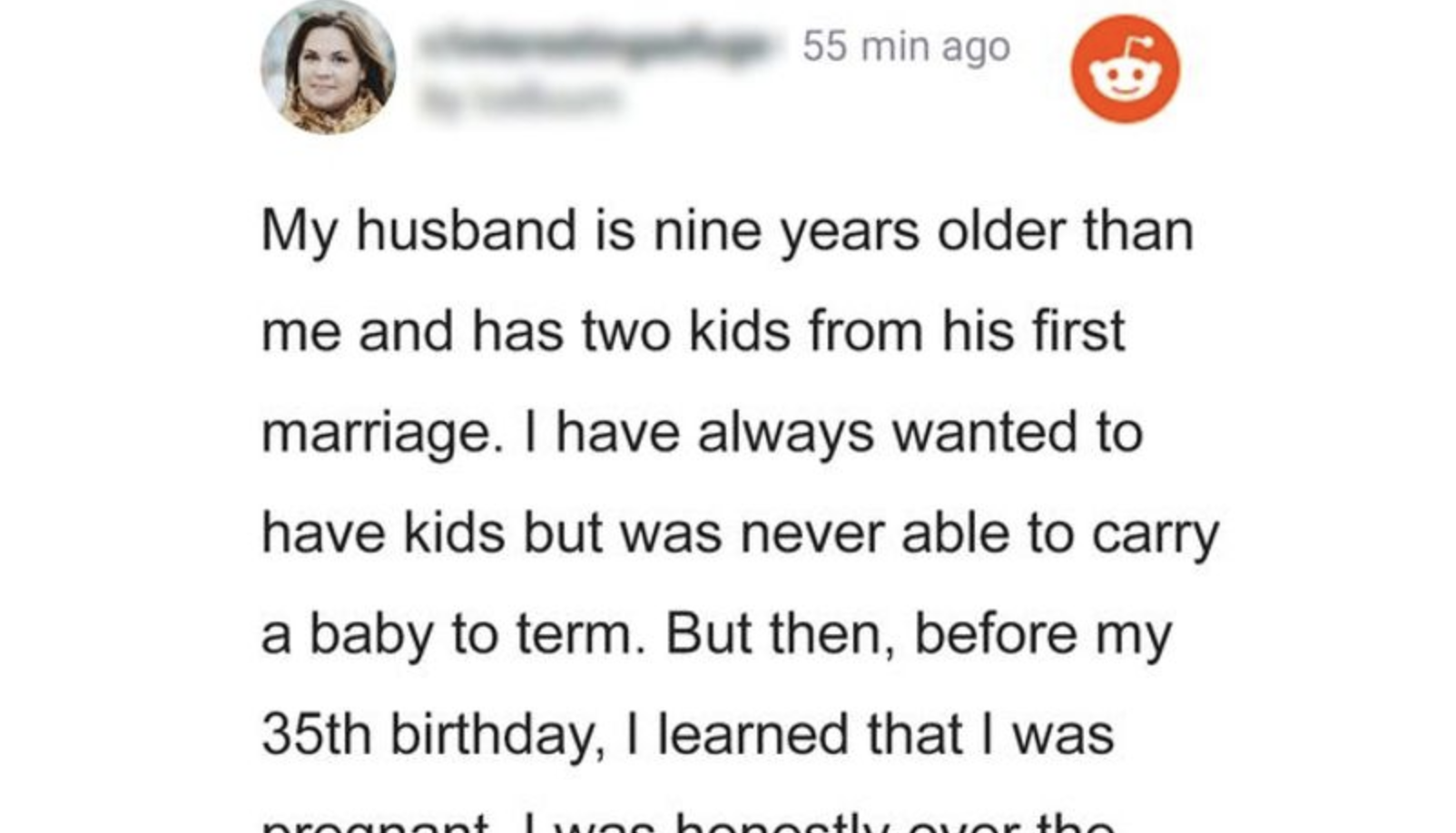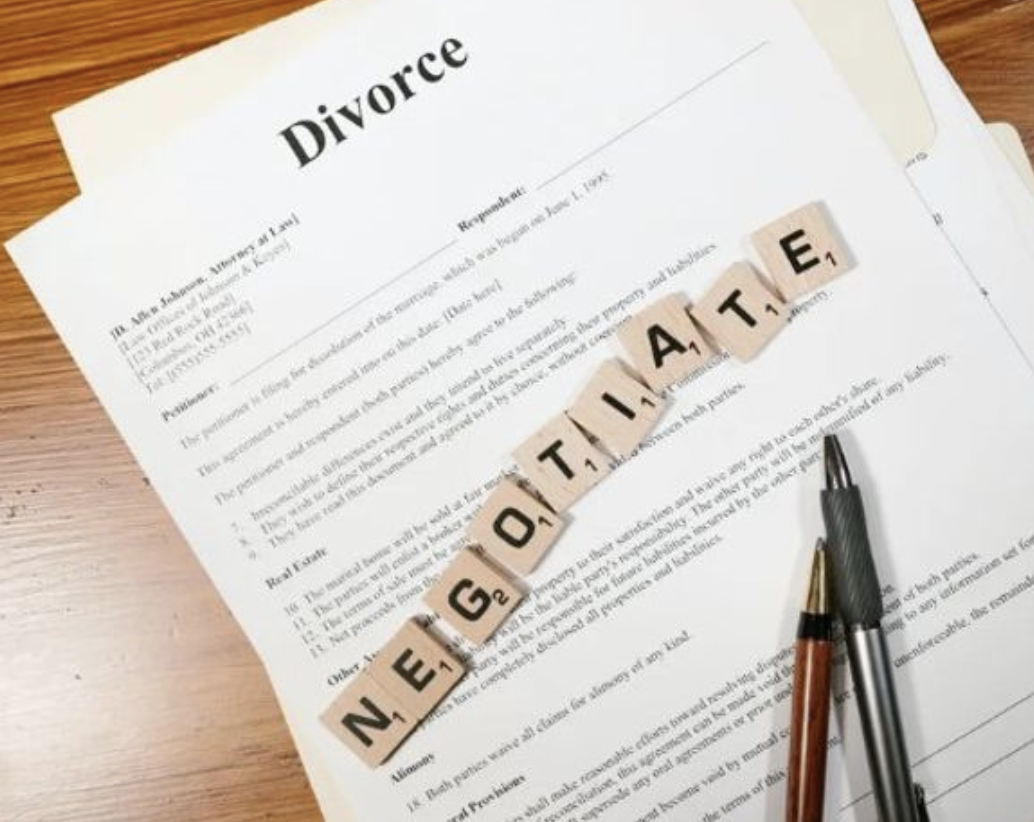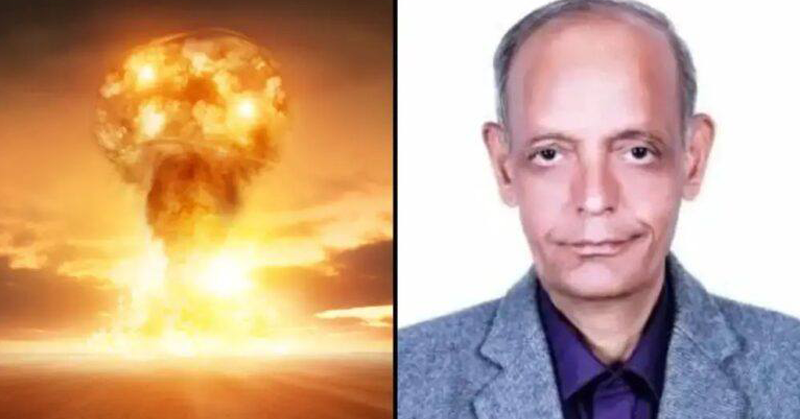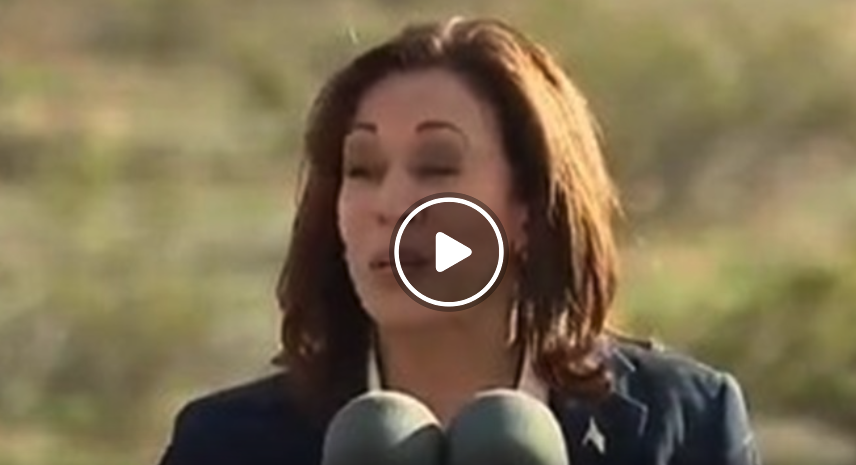Dirty Harry’s cynical finale is ideal for the film, but Clint Eastwood initially hesitated to film it, afraid it would detract from the plot.
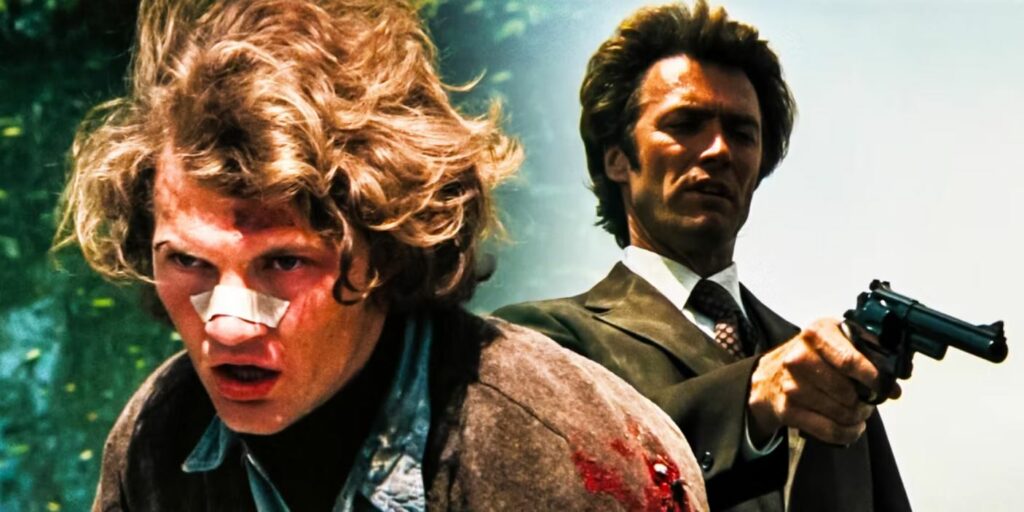
Dirty Harry’s climax is a beautiful note to end on, yet Clint Eastwood nearly ruined it. Eastwood created a name for himself with Westerns like the Dollars trilogy and Hang ‘Em High, but by the end of the 1960s, it was evident that the genre was dying.
After stars such as Paul Newman, Frank Sinatra, and John Wayne passed on Dirty Harry, Clint Eastwood stepped in. It was not just a big success upon its initial release in 1971, but it essentially established that cop movies had mostly overtaken Westerns in the eyes of audiences.
While Harry’s uncompromising attitude to law enforcement resonated with many spectators, the film’s beliefs were fascist by numerous renowned reviewers, including Pauline Kael.
These criticisms were so strong that the first sequel, Magnum Force (1973), pitted Eastwood’s character against a group of vigilante cops to emphasize that the original wasn’t backing “Dirty” Harry’s methods.
The original film ended with Harry shooting Andrew Robinson’s serial killer Scorpio after the latter kidnapped a school bus full of children. After shooting the murderer, Harry threw his badge away in disgust.
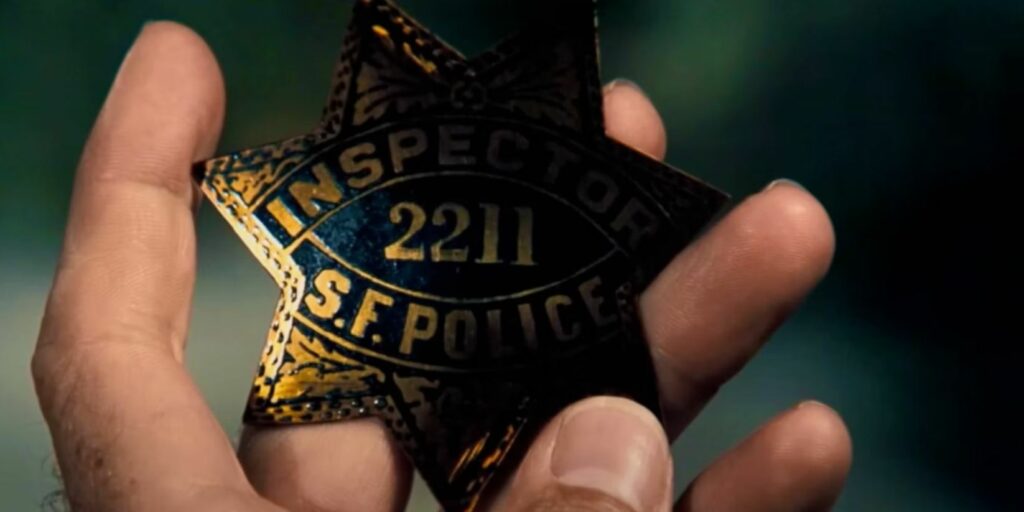
Eastwood, on the other hand, was not a fan of Dirty Harry’s (whose partners were frequently ill-fated) ending and pushed to have it removed.
Throughout the novel, Harry becomes increasingly upset with the court system, as even though Scorpio is guilty, he is granted a pass.
Harry tossing his badge emphasizes his dissatisfaction with the system – where he went to vigilantism merely to ensure Scorpio couldn’t escape again – and pays tribute to the ending of 1952 Western High Noon.
Eastwood felt that Harry throwing away his badge gave the wrong message to the audience and that Dirty Harry’s denouement implied that the character was quitting.
“There was a big fight between Don and Clint over what to do about the badge at the very end of the film,” Robinson told Rue Morgue. Robinson and filmmaker Don Siegel decided Harry had to give up his badge because “he’s an outlier, a vigilante.”
Eastwood objected to the shot and persuaded Siegel not to film it. He also believed Dirty Harry had franchise potential and that the character’s departure from the force could damage that.
On the day, though, Eastwood changed his mind and decided that the character should, after all, chuck his badge.

Dirty Harry’s closing shot is flawless, and it isn’t easy to conceive another ending in which the character simply walks away. Eastwood didn’t have to worry about recreating this scene because the picture was such a smash blockbuster that Magnum Force came out only two years later.
The sequel does not mention Harry discarding his badge, and the detective is back to work when the plot begins. Eastwood reprised the character three more times in The Enforcer, Sudden Impact, and the 1988 slasher The Dead Pool, giving him his longest-running franchise.

